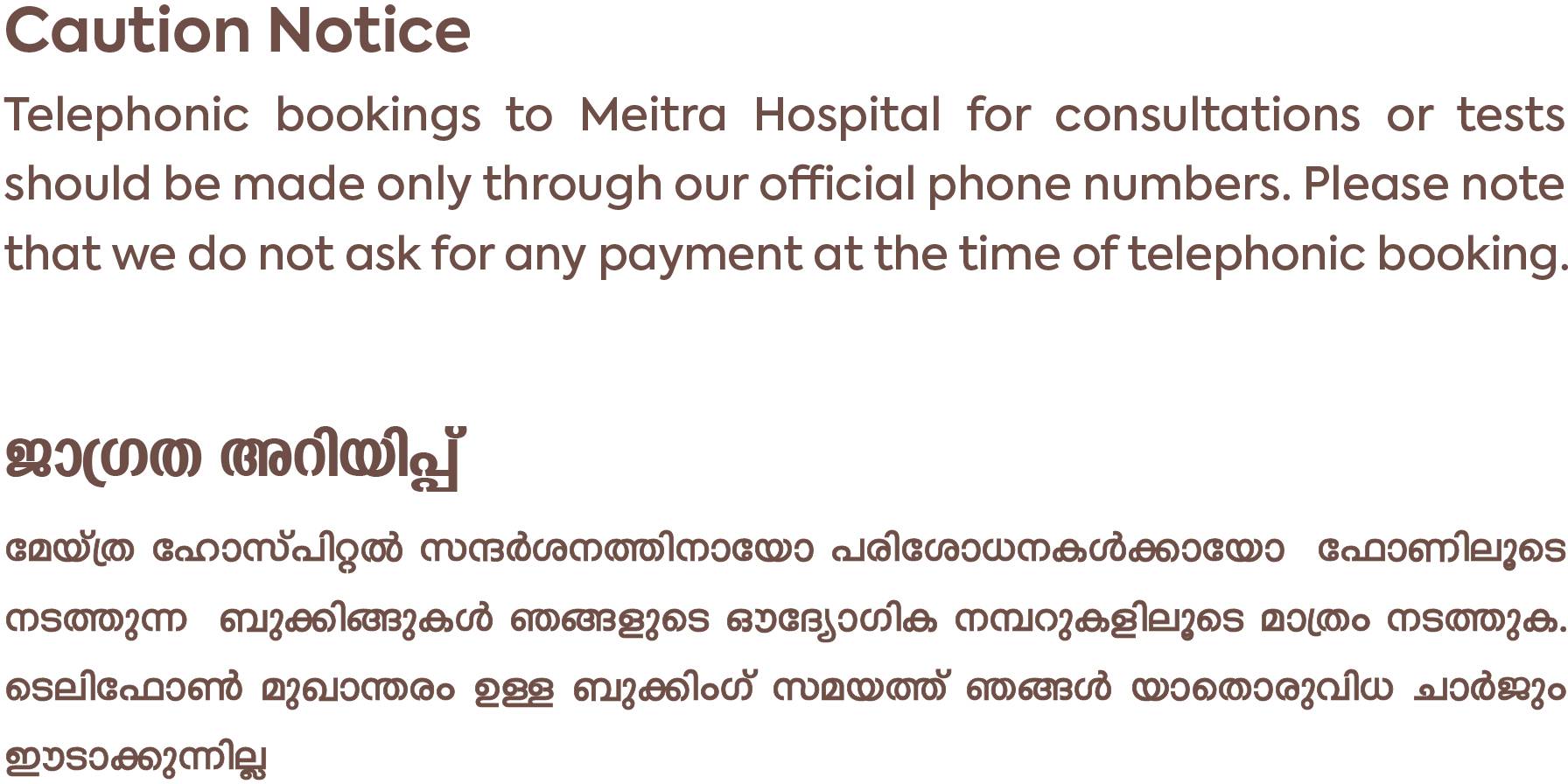- Our Doctors
- Our Specialities
Super Speciality
-
 Clinical Laboratory and Pathology
Clinical Laboratory and Pathology
-
 Clinical Nutrition and Dietetics
Clinical Nutrition and Dietetics
-
 Critical Care
Critical Care
-
 Dental and Maxillofacial Surgery
Dental and Maxillofacial Surgery
-
 Dermatology
Dermatology
-
 Ear, Nose and Throat (ENT)
Ear, Nose and Throat (ENT)
-
 Emergency and Trauma
Emergency and Trauma
-
 Endocrinology and Metabolic Disease
Endocrinology and Metabolic Disease
-
 Family Medicine
Family Medicine
-
 General and Laparoscopic Surgery
General and Laparoscopic Surgery
-
 General Medicine
General Medicine
-
 Heart and Lung Transplant
Heart and Lung Transplant
-
- Key Procedures
- Our Hospitals
- International Patient
- Royal Suite
-
Quick Links


AVM Embolization
An arteriovenous malformation (AVM) is an abnormal tangle of blood vessels connecting arteries and veins, which disrupts normal blood flow and oxygen circulation. Arteries are responsible for taking oxygen-rich blood from the heart to the brain. Veins carry the oxygen-depleted blood back to the lungs and heart.
AVM Embolization is a minimally invasive technique that blocks one or more blood vessels or abnormal vascular malformations or channels of the veins, lymph vessels or both. It is done while preserving normal blood flow in the surrounding regions to keep your tissues healthy while dealing with problematic bleeding. While some vascular malformations need monitoring, some need treatment like embolization as a supplement to surgery or radiosurgery to avoid serious symptoms or rupture.
How and Why it is done?
Endovascular AVM embolization is a catheter-based procedure that lasts a couple of hours. Neurointerventional surgeons will insert a small, flexible tube (catheter) into a blood vessel, usually in the groin. They will use X-rays during the entire procedure to visualize and guide the catheter through your vessels to the site of the AVM. Then, they will inject a glue-like substance or a coil into the vessels to block blood flow to the AVM and close off the vessel. You will have a sedative to keep you comfortable but awake during the procedure.
From neurosurgeons to neuro-interventional surgeons to stroke neurologists, the team determines if AVM embolization, or endovascular embolization, is the right treatment for a patient’s unique case. Sometimes, this is the only necessary treatment. However, embolization usually does not permanently destroy the AVM. It’s typically used to help reduce the AVM size and lower the risk of bleeding before radiosurgery or surgery to remove the AVM. Embolization makes these other treatments safer.
Neurosurgery: Brain & Spine Tumors | Dr. Mishal Johny
Meet Our Doctors
Experienced Medical professionals for a superior patient experience.






















































